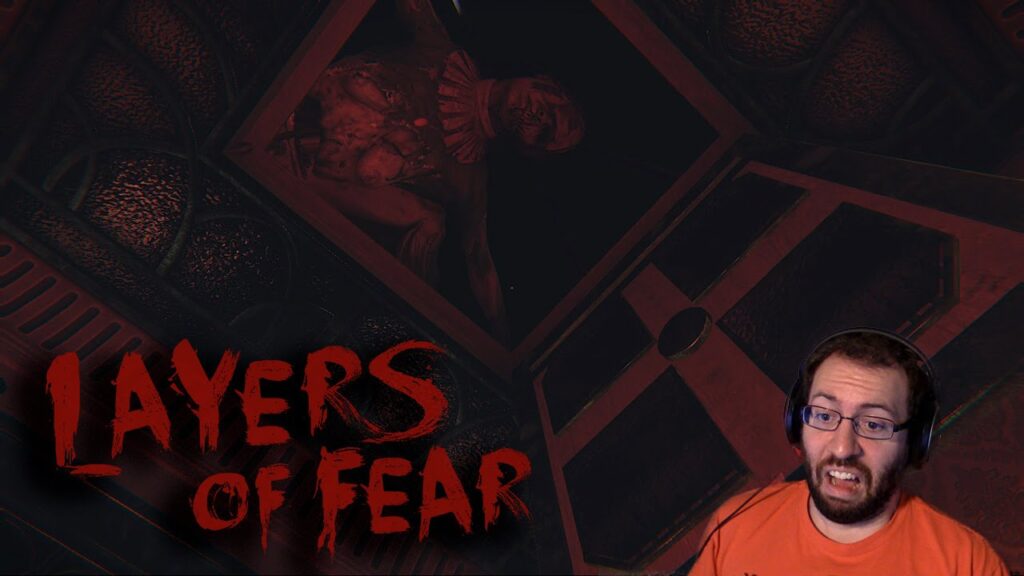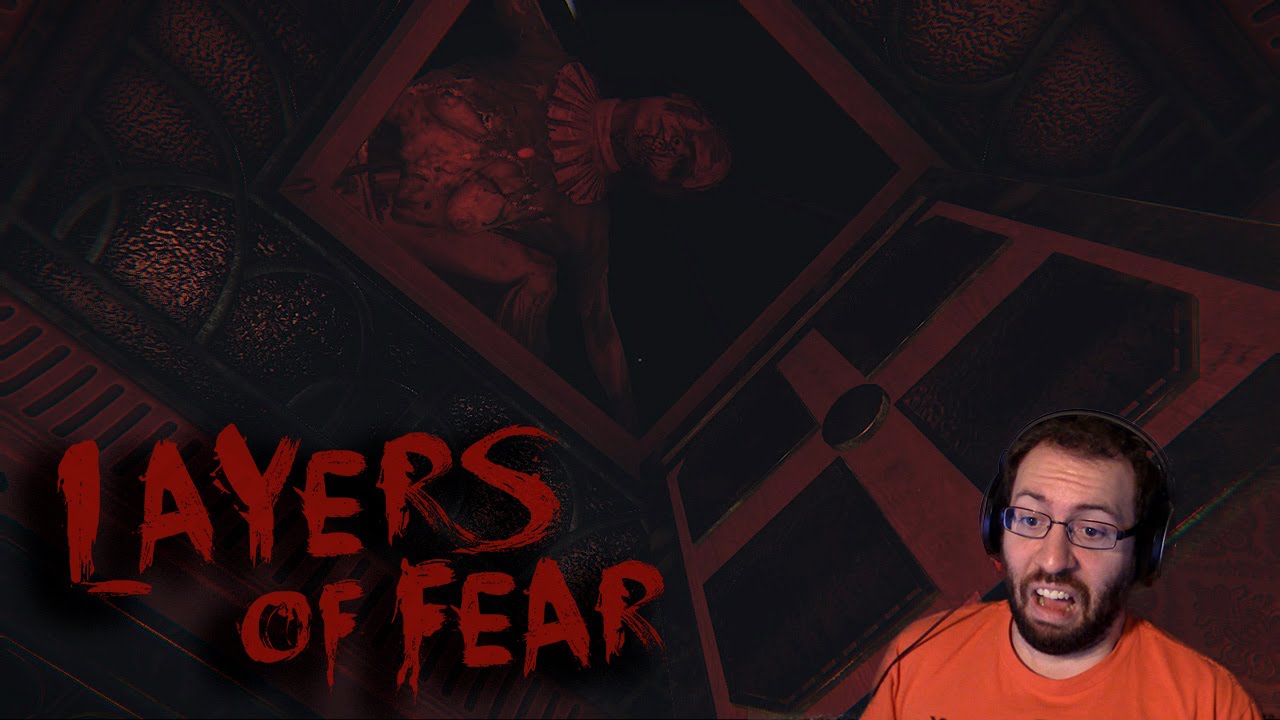
Unmasking Monster Fear: Understanding and Overcoming Imaginary Threats
The chilling grip of monster fear is a common experience, particularly in childhood, but its roots and impact can extend far beyond bedtime stories. This article delves into the psychology of monster fear, exploring its origins, manifestations, and effective strategies for overcoming these imaginary threats. Understanding the nature of monster fear is the first step towards dismantling its power. We’ll examine how imagination, cultural influences, and personal experiences contribute to the development and persistence of these anxieties.
The Origins of Monster Fear
Monster fear typically emerges during childhood, a period of heightened imagination and vulnerability. Children are still developing their understanding of the world and often struggle to differentiate between reality and fantasy. This blurred line makes them susceptible to fears of imaginary creatures lurking in the shadows. Several factors contribute to the development of monster fear:
- Imagination: A child’s vivid imagination can conjure up terrifying images and scenarios, transforming ordinary objects or sounds into menacing monsters.
- Exposure to Media: Books, movies, and television shows often feature monsters and frightening creatures, which can plant seeds of fear in a child’s mind.
- Cultural Influences: Folklore and mythology are filled with tales of monsters and supernatural beings, which can contribute to a child’s belief in their existence.
- Parental Anxiety: A parent’s own fears and anxieties can be transmitted to their children, making them more susceptible to monster fear.
- Lack of Control: Children often feel powerless in the face of monster fear, which can exacerbate their anxiety.
Manifestations of Monster Fear
Monster fear can manifest in various ways, depending on the individual and the specific context. Common symptoms include:
- Nightmares: Recurring nightmares featuring monsters or frightening creatures are a hallmark of monster fear.
- Sleep disturbances: Children with monster fear may have difficulty falling asleep or staying asleep.
- Avoidance behaviors: They may avoid dark rooms, closets, or other places where they believe monsters might be hiding.
- Physical symptoms: Anxiety can manifest in physical symptoms such as stomachaches, headaches, and rapid heartbeat.
- Emotional distress: Children with monster fear may experience feelings of fear, anxiety, sadness, and anger.
The Psychology Behind Monster Fear
From a psychological perspective, monster fear can be understood as a manifestation of underlying anxieties and insecurities. Monsters often represent abstract fears, such as the fear of the unknown, the fear of losing control, or the fear of being hurt. By projecting these fears onto imaginary creatures, individuals can externalize them and attempt to cope with them in a more manageable way. The concept of the ‘Other’ also plays a crucial role. Monsters are often depicted as different, alien, and threatening, representing everything that is unfamiliar and potentially dangerous.
Furthermore, monster fear can be linked to the development of phobias and anxiety disorders. If left unaddressed, childhood fears can persist into adulthood and significantly impact an individual’s quality of life. Understanding the psychological roots of monster fear is essential for developing effective strategies for overcoming it. [See also: Coping Mechanisms for Childhood Anxiety]
Overcoming Monster Fear: Practical Strategies
Fortunately, there are several effective strategies for helping individuals overcome monster fear. These strategies focus on empowering individuals, challenging their negative beliefs, and creating a sense of safety and control.
Creating a Safe Environment
A safe and secure environment is crucial for reducing anxiety and promoting feelings of well-being. This can involve:
- Establishing a consistent bedtime routine: A regular bedtime routine can help children feel more secure and in control.
- Using a nightlight: A nightlight can provide a sense of comfort and security in the dark.
- Creating a “monster-free zone”: Designate a specific area, such as the bedroom, as a safe space where monsters are not allowed.
- Checking under the bed and in the closet: Reassure the child by physically checking for monsters in their room.
Challenging Negative Beliefs
Challenging negative beliefs about monsters can help individuals realize that their fears are unfounded. This can involve:
- Talking about monsters: Encourage the child to talk about their fears and anxieties in a safe and supportive environment.
- Reading stories about friendly monsters: Stories that portray monsters in a positive light can help to reduce fear and anxiety.
- Drawing or painting monsters: Expressing their fears through art can help children to process their emotions and gain a sense of control.
- Creating a “monster repellent”: Make a spray bottle filled with water and label it “monster repellent.” This can provide a sense of empowerment and control.
Empowering the Individual
Empowering individuals to take control of their fears is essential for overcoming monster fear. This can involve:
- Teaching coping skills: Teach relaxation techniques, such as deep breathing and progressive muscle relaxation, to help manage anxiety.
- Encouraging self-affirmations: Encourage the child to repeat positive affirmations, such as “I am brave” or “I am safe.”
- Celebrating successes: Acknowledge and celebrate the child’s progress in overcoming their fears.
- Providing positive reinforcement: Reward the child for facing their fears and taking steps to overcome them.
Seeking Professional Help
In some cases, monster fear can be severe and debilitating, requiring professional intervention. A therapist can provide evidence-based treatments, such as cognitive-behavioral therapy (CBT), to help individuals overcome their fears and anxieties. CBT focuses on identifying and challenging negative thoughts and behaviors, and developing coping skills to manage anxiety. [See also: Signs Your Child Needs Professional Mental Health Support]
Monster Fear in Adults
While commonly associated with childhood, monster fear can persist into adulthood, albeit often in more subtle forms. Adult monster fear may manifest as anxiety related to the unknown, fear of the dark, or a general sense of unease and vulnerability. It might be triggered by horror movies, unsettling news stories, or personal experiences of trauma. In adults, the underlying anxieties are often more complex and deeply rooted, requiring a more nuanced approach to address them. Therapy, mindfulness practices, and self-compassion techniques can be helpful in managing and overcoming adult monster fear.
The Cultural Significance of Monsters
Monsters have held a significant place in human culture throughout history. They appear in myths, legends, folklore, and modern entertainment, often serving as symbols of our deepest fears and anxieties. From ancient dragons to contemporary zombies, monsters reflect our collective struggles with the unknown, the uncontrollable, and the destructive forces of nature and human nature. Understanding the cultural significance of monsters can provide valuable insights into the human psyche and the enduring power of fear.
Conclusion
Monster fear, while often dismissed as a childhood phase, can have a significant impact on an individual’s well-being. By understanding the origins, manifestations, and psychological roots of monster fear, we can develop effective strategies for overcoming these imaginary threats. Whether it’s creating a safe environment, challenging negative beliefs, or seeking professional help, there are numerous ways to empower individuals to conquer their fears and live more fulfilling lives. Remember that monster fear is a common experience, and with the right support and resources, it can be overcome. Addressing monster fear early on can prevent it from escalating into more serious anxiety disorders later in life. So, let’s shed light on the shadows and unmask the truth about monster fear.

